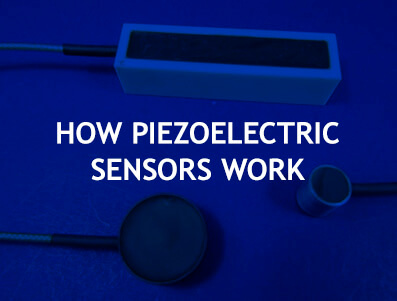Archive for the ‘APC Materials’ Category
How Piezoelectric Sensors Work

Piezoelectric sensors are essential in various applications such as industrial, medical, aerospace engineering and military operations. Piezoelectric sensors also play a role in numerous everyday devices and applications, including smartphones, musical instruments, automotive sensing, and structural health monitoring in airplanes, buildings and bridges.
Understanding the
Read More...
Custom Bimorph Solutions from APC International!
| APC has decades of experience bonding various ceramics, metals, plastics, and custom materials. Together with our large variety of bonding materials and techniques, APC can develop a bond suited for your application. If end-use environment is a concern, APC can also provide protective coatings if required. |
Read More...
Self-Charging Power Cells and Batteries: What Are They?
We typically think of energy generation and energy storage as two different processes requiring two separate devices, but recent advances have revealed that we can, in fact, do both with just one device. Research into self-charging power cells and batteries continues to accelerate as the cells become more efficient and
Read More...
APC International Introduces NEW Sensing Material – Soft PZT APC-854
The wait is OVER... 854 is HERE!
In order to even better serve its customers with a more complete line of PZT materials, APC engineers are proud to announce the addition of APC-854 material to its already impressive line of PZT materials!
APC-854 is a new unique material, the
Read More...
After Manufacturing 4: Anatomy of Multiple Element Transducers
Anatomy of Multiple Element (Stack) Transducers
Last month, we discussed briefly transduction in general and the anatomy of single element transducers and their applications. This month, we will be movin.on to multiple element transducers. Where single element transducers are cost effective, useful for low power applications, operate at the ceramic element's resonance,Read More...
Transmitting Acoustic Signals Through Water: Echo Sounding
There are many industries that need to “see” underwater. For example, companies that rely on sea transportation need to know how deep water is to ensure a ship does not run aground. Fishing operations need to find fish, and researchers hunt for shipwrecks.
Not only do they need to have reliable
Read More...
Ceramic Manufacturing Series – Testing and Packing PZT Ceramics
In this month's article we will be discussing some of the most common electrical and physical properties specified by customers when purchasing PZT ceramics for a specific application, how to test for these often specified properties, and some general equipment choices.
Common Properties
Generally speaking, when ordering a PZT ceramic for a
Read More...
Ceramic Manufacturing Series – Poling PZT Ceramics
To understand the poling process, a basic review of the crystal structure is helpful.
Piezo Crystal Structure:
Typical PZT materials exhibit a perovskite structure. One can visualize this structure as a cube with eight large lead (Pb) ions at the corners of the cube. Six oxygen (O) ions are situated one inRead More...
- SUBMIT A GUEST POST
-


Blog Authors


No Comments